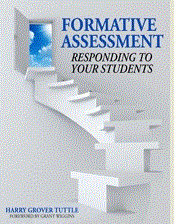In searching for a good free web 2.0 program for making stories, I’ve found some common disturbing trends. Often people simply list the tool’s name without even explaining what that program does. Unfortunately, most Web 2.0 names do not reveal what type of program it is. For example, Animoto is a presentation tool. Some people even present an alphabetical listing of tools which does not help to find specific types of programs.
At least listers should include the category of the tool. If people do categorize web 2.0 tools, then they usually do not tell what makes each unique. For example, I recently opened a page that had a listing of 15+storyboard programs. I had no way to tell how each program worked until I opened each. Even a description such as ” create a story through selecting various characters and selecting scenes and typing the text” tells me that students cannot record their own voices.
I would prefer that the educators list the “best” program in each category and tell why it is the best. I really do not care to see a random list of 15+ programs of the same category. Bigger is not better to a person searching for a specific type of program. Bigger is not better to someone who wants to know what a program really does.
Many times I wonder if the tool listers have even used the program. Rarely do I read anything practical about the program such as “The avatar voice of ….produces the clearest modern language voices.” Why do listers include programs that they have only heard about but not used?
Please, listers of Web 2.0 tools be practical to really help other educators. Do not try to overwhelm us!
My book, Formative Assessment: Responding to Your Students, is available through Eye on Education.
Also, my book, Successful Student Writing Through Formative Assessment, is available through Eye on Education.

